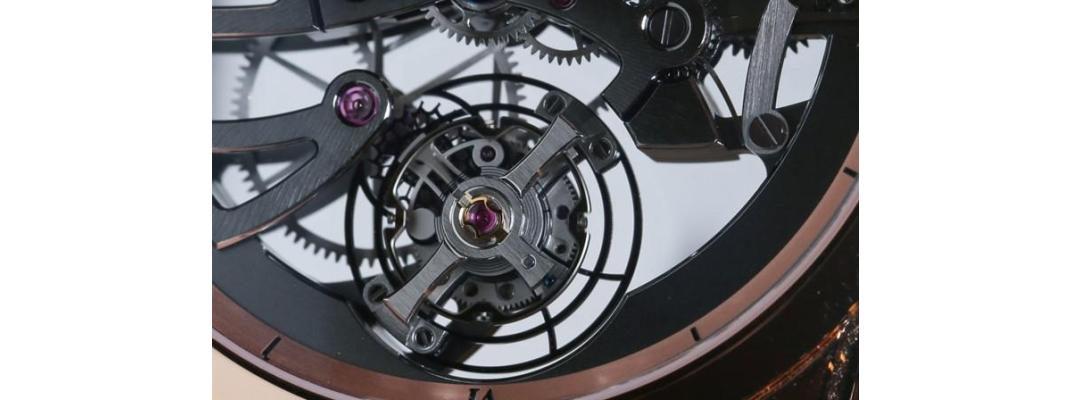Hertz, the unit named after the eminent physicist Heinrich Rudolf Hertz, is a fundamental measure of the number of vibrations or cycles per hour (vph), denoted as Hz. Its application extends to various fields, including horology, where the vibration frequency of watches is often expressed in Hertz or A/h (vibrations). A mechanical watch relies on a balance wheel that swings back and forth, with each swing representing a single vibration or half of an oscillation. These intricate mechanisms are pivotal to understanding the inner workings of timepieces and the significance of oscillation frequencies.
In the realm of horology, a mechanical watch's heartbeat lies within its balance wheel, responsible for maintaining precision and accuracy. The mesmerizing dance of the balance spring, swinging either clockwise or counter-clockwise, epitomizes the essence of a vibration. With two consecutive swings in opposing directions, a watch achieves one full oscillation. Consequently, most mechanical wristwatches in the contemporary market boast frequencies of 2.5 Hz (21,600 vibrations per hour), 4Hz (28,800 vibrations), or 5Hz (36,000 vibrations per hour). This translates to 4 oscillations per second for the majority of such timepieces, allowing for smooth and consistent movement of their hands as they march through time.
To gain a comprehensive understanding of the watch's rhythm, one can explore the relationship between oscillations and vibrations. Converting the number of oscillations per second to semi-oscillations and then multiplying this value by 3600 (the number of seconds in an hour) reveals the vph or A/h. This critical conversion unlocks the fascinating interplay between the abstract notion of Hertz and the practical applications in watchmaking. As watch enthusiasts delve into the fascinating world of timekeeping, they find themselves drawn to the technical mastery involved in measuring and optimizing oscillation frequencies, transforming a simple Hertz unit into a harmonious symphony of ticking hands and ticking moments.






